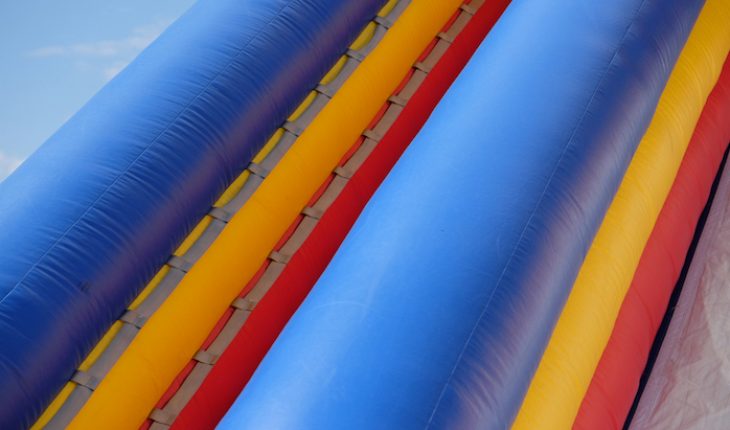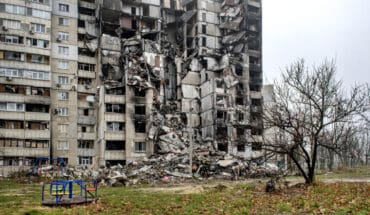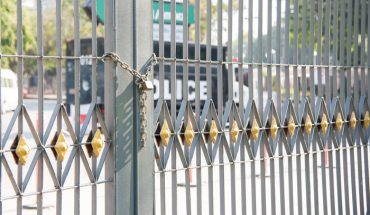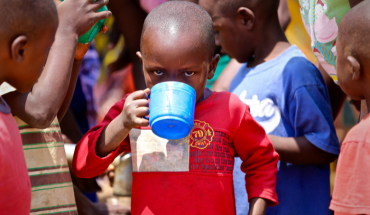What do you do when there are no hospitals and there is a desperate need? You bring an oversize inflator and create a working hospital out of thin air in less than 24 hours. This is what happened in Haiti after the earthquake in 2010 and also in Tacloban City in 2013 after the typhoon struck and destroyed the local infrastructure.
As a doctor working for the international relief organisation, Medecins Sans Frontieres/Doctors without Borders, I have seen lots of innovative healthcare, but I think the modular inflatable hospitals are one of the most effective interventions when natural disasters strike. The inflatable hospitals, which can be deflated and reused, are made of sturdy material which can cope with heavy use and extreme conditions. Each cylindrical module has struts which are inflated to maintain a rigid shape with fabric in between.
The modules can be sterile and hermetically sealed, so are ideal for use as operating theatres or isolation wards. Or they can be rigged as general wards or walk-in outpatients departments with less emphasis on hygiene and greater emphasis on ease of access and comfort.
Each module arrives on pallets, complete with everything you need to set up that module and start working. In Tacloban, where I was stationed as project coordinator, we set up our inflatable hospital in the car park of the hospital which had been destroyed. The disaster had left thousands of people dead and many more injured and sick.
There was a team of 30 logistics experts who put it all together. They were incredibly efficient and organised. The modules arrived by boat in the afternoon and the hospital was open for patients the next morning. It actually resembled a very strange bouncy castle except you definitely weren’t allowed to bounce on it.
Outside, just after the typhoon had happened, there were piles of debris and even dead bodies, but inside was the clean white world which was completely pristine. It felt rather bizarre at first.
We soon got used to our inflatable hospital and it attracted people from far and wide. We were seeing around 200 outpatients and 100 emergency cases every day with acute trauma injuries and illnesses like diarrhoea and respiratory tract infections caused by exposure and lack of clean drinking water. A lot of children were suffering from tetanus, caused by bacterial infection in open wounds. In the inflatable operating theatres, surgeons carried out emergency amputations and midwives helped with deliveries and maternity care.
It was extremely rewarding and our inflatable hospital made a huge difference and helped to save lives.
- Hospitals out of thin air - 24th May 2016
- Winds of change for volunteer medics - 20th May 2016






